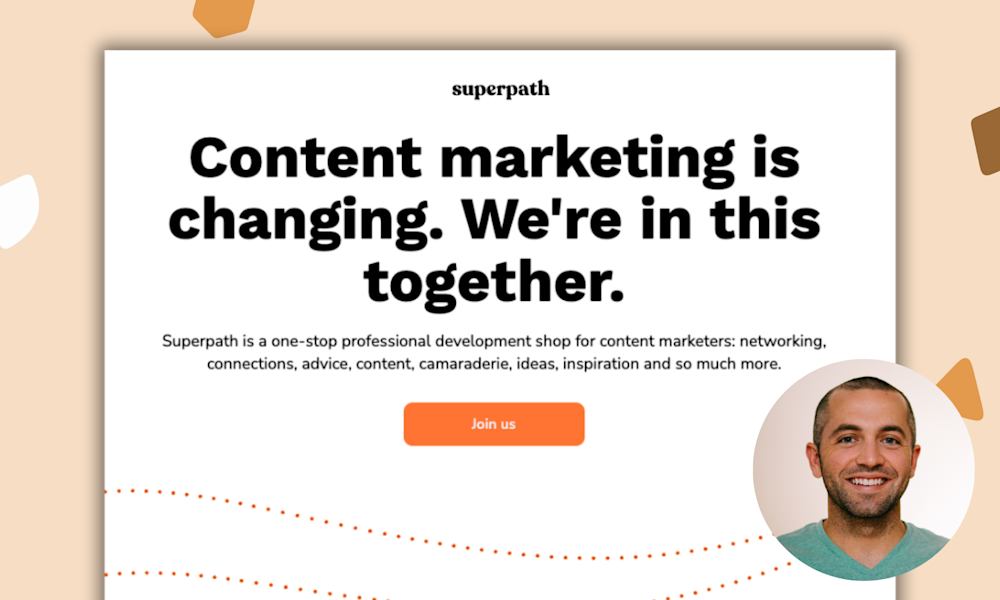Finding leads was an ongoing headache for freelance web designer Robert Williams.
"I had a pretty small network," he recalls. "I ran through my connections quickly and realized that if I was going to design professionally, I needed to seriously generate leads."
When he looked online, lead generation advice focused mainly on inbound strategies like blogging, social media, and YouTube. These methods may attract clients long-term, but Robert needed customers as soon as possible. Undeterred, he turned to job boards, Slack, LinkedIn, and other online communities and started developing a system for finding potential clients.
He had a knack for it, but identifying and vetting high-quality leads was a timesink. He thought, "I wish I could hire someone to do this for me."
Around the same time, Robert became interested in creating digital products. Freelancing can be feast or famine, and Robert knew that an online product business could provide more stability. When you have a handful of freelance clients, losing one feels devastating. When you have hundreds of paying customers with recurring revenue, churn has a smaller impact.
For Robert, the answer was clear. He could create the solution to his own most nagging pain point. "If I want to pay somebody to find leads for me, maybe there are other people who want to do the same thing," Robert thought.
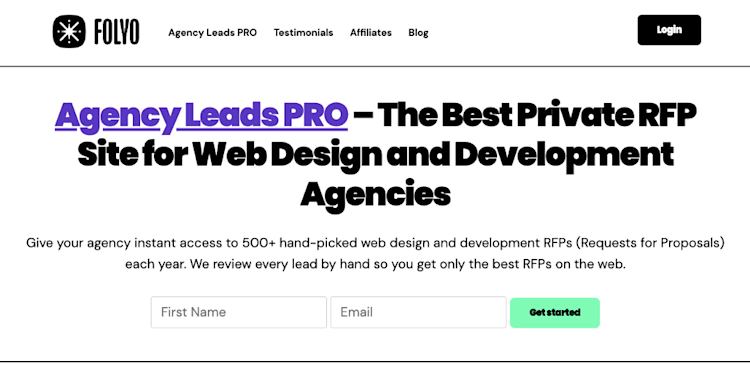
It's been nearly ten years since Robert came up with his initial idea, and today he runs Folyo, an online business that helps freelance web designers and agencies find high-value leads and spend less time hunting for dream clients. Here's how he used his own challenges to create a valuable paid newsletter — and later, community — that generates juicy recurring revenue.
Growing a customer base from scratch
Robert's idea was simple. He would use his lead-finding formula to gather the best web design opportunities each day. Freelancers could pay a monthly fee to receive a private leads newsletter straight to their inboxes. It’s the product Robert himself would have wanted, but to make a hit, he needed customers.
Robert wrote a sales page for his newsletter, then called "Workshop," and launched it into the world. The first week, only one person signed up.
But by the end of the first month, he was making about $3,000 in monthly recurring revenue — and continued to grow. Participating in relevant communities and fine-tuning his knowledge of the target market was the secret sauce that got him started.
Community forums
Community forums helped Robert connect with his target market. He was already a member of several freelancing communities, and he also joined groups for digital product creators to brainstorm, network, and get feedback on his idea.
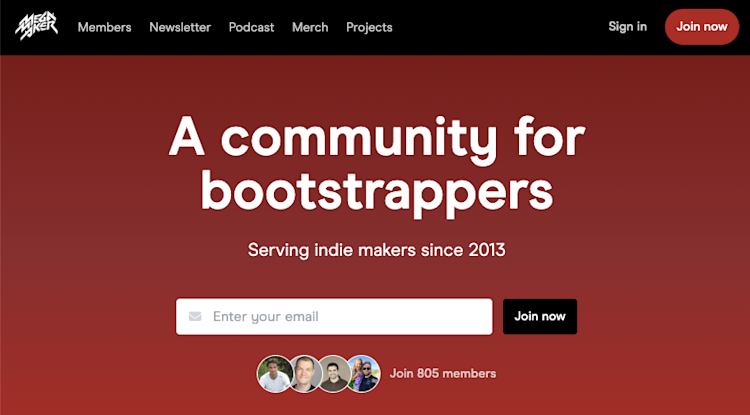
"I was in a few product design communities at the time. It so happened that a lot of the people I was sharing my new idea with were also potential customers," Robert explains.
"It's not something I planned for, but it certainly helped that I designed a product for people in my community that I was spending time around. It turned out to be a good place to find early customers. The people giving me feedback and helping me improve my idea also enrolled and paid for it."
Robert also posted articles he wrote in these communities and popular industry social news sources like Hacker News and Designer News — some of which went viral. Sharing strong opinions generated a buzz and put his program in front of more prospective buyers.
By joining, posting, and participating in communities where your target audience spends time, you can engage and build relationships long before launching your product. Use your time in the community to listen and learn what your audience needs so you can serve them better. As you develop your product, you can share it with people who are already interested in your subject matter.
Tuning in to audience trends
Robert had his first batch of subscribers under his belt, but as his program gained traction, he noticed a shift in his customer demographics. A lot of sign-ups were agencies, not individual freelancers. This led him down a new path.
Instead of finding and distributing freelance design leads, Robert started sharing Request For Proposal (RFP) leads typically geared towards agencies. Companies and institutions send out RFPs when they're looking for bids on large-scale projects. A library or university, for example, might share a $100,000 RFP for a new website.
Since most of his members were design agencies, it made sense to offer the kinds of leads agencies covet most and shift his marketing focus. As the needs of your audience change, tune in and iterate to develop impactful products and programs.
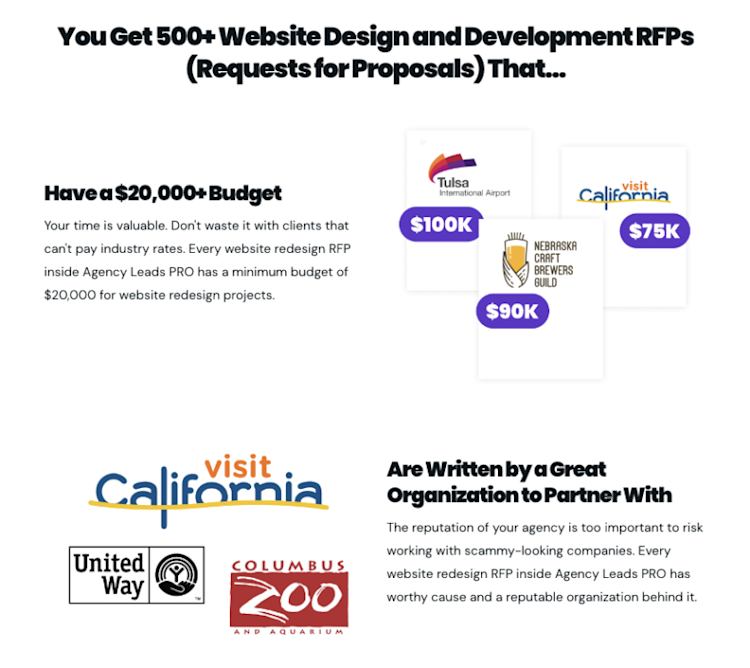
From paid newsletter to paid online community
Robert also changed his delivery format by pivoting from a paid newsletter to a paid online community. To run the newsletter, Robert had been juggling dozens of tags and segments with a pricey email marketing service and using additional tools to connect his sales pages and website.
By switching to Podia’s community feature, Robert was able to set up channels for website design RFPs, WordPress RFPs, and other topics. This meant instant access to hundreds of leads for new customers (instead of having to wait for a future newsletter send) and a much leaner software lineup for Robert.
Now, agencies that join Agency Leads PRO can pay $197 for access to all the leads. This new model makes it simple for his audience to find what they're looking for, and Robert doesn't have to maintain a complicated email tagging system, saving everyone time.
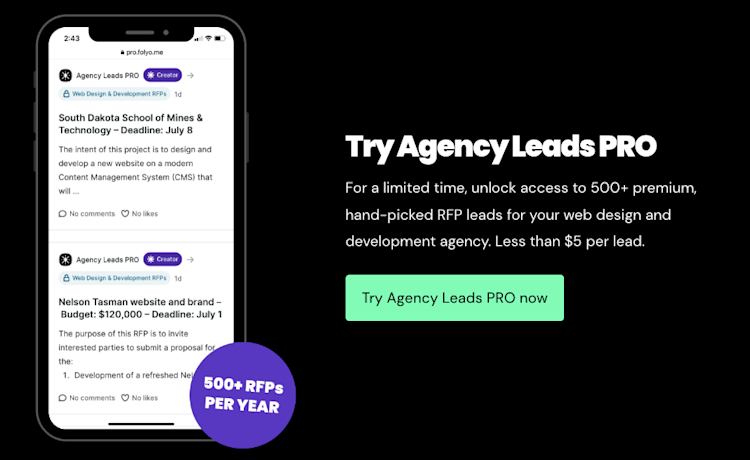
When you start your entrepreneurial journey, there's no telling where you might end up. Being flexible and open to change makes it possible to evolve, resulting in better products for your customers.
Building recurring revenue for long-term growth
In starting his business, Robert aimed to develop diverse income streams for financial security. Having hundreds of paying subscribers instead of a handful of design clients meant less pressure if someone decides to leave.
With his client leads membership program happily chugging along, he started thinking about more products. He released a course that taught his entire process for finding leads and RFPs, wrote a book, and even created SaaS products. But the membership was the most successful of all his endeavors because it generated recurring revenue.
"Over the years, I’ve experimented with many different business models, from training products to memberships with recurring revenues, and I’ve always come back to the initial idea of people paying monthly or annually."
Why memberships?
Recurring revenue means you aren’t starting from square one every time you promote your product. When Robert released his Endless Clients course, he spent a year building and launching the program. The launch brought in a burst of revenue, but it was a one-time deal. Once the confetti settled, Robert would have to do it all over again.
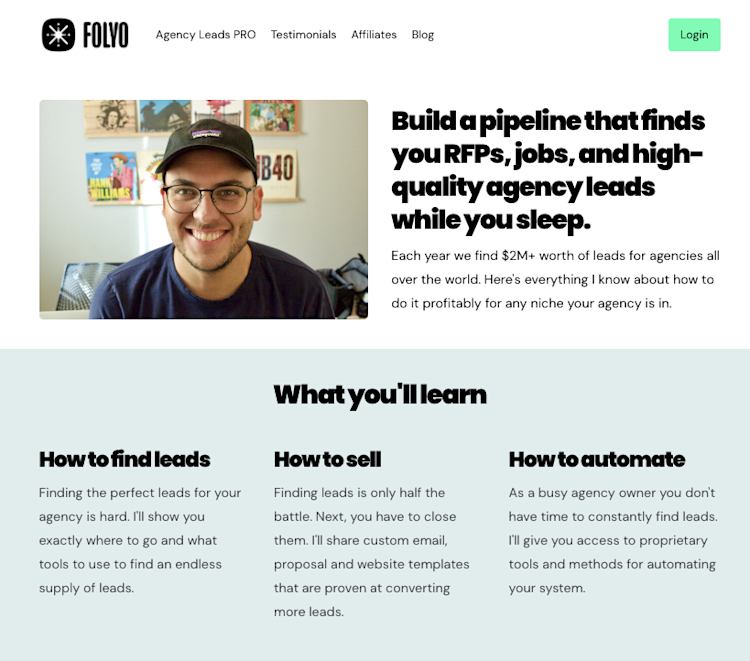
"That's why I keep returning to the subscription model," he explains. "Some portion of my effort remains because of the recurring income, and I don’t have to start from scratch every year."
"This leads membership service is the least time consuming, easiest to market, and steadiest revenue stream."
For Robert, the right fit for his business wasn't particularly complex. He provided a good solution to a common problem, and customers were happy to pay a recurring fee for the time and headaches saved.
Keeping things simple with Podia
When asked what advice he has for new creators, Robert recommends keeping your business simple. While it’s tempting to build everything and the kitchen sink, you can be a profitable entrepreneur without a ton of bells and whistles.
Robert keeps things simple by using Podia.
"Through the years, I’ve redesigned my product a dozen times, including building a custom Rails application that handled billing, sending emails, and online course delivery for my students," he shares.
"This year, I've ultimately pared all of that down to just Podia. I could've saved hundreds of thousands of dollars and even more time if I had stuck with super simple tools all the way through. My business now looks more like it did a month after launching than I thought it would."
When he had endless customization options and over-the-top features to tinker with, Robert spent too much time going down rabbit holes and getting lost in busywork without seeing the ROI. With Podia, Robert has a solid toolset that saves him hours every week because it keeps him focused on his most important task: finding RFPs for his members.
"Moving everything to Podia was the easiest way to do my best business idea."
Bottom line: You can be wildly successful using straightforward technology to provide a simple solution for your audience.
Creating products that solve problems
Robert turned a challenge into an opportunity, resulting in a win-win for him and his customers. To follow in Robert’s footsteps:
-
Consider your biggest pain points and structure an offer that presents a solution.
-
Go where your target audience hangs out online and invest time building connections.
-
If your audience demographics change, pivot to meet their needs.
-
Build recurring revenue streams with communities and memberships so your hard work pays off longer.
-
Simplify your products and technology so you can focus on what matters most.
Have a solution to a problem? Start your free 30-day trial of Podia today to start helping others and building a business that will grow with you long into the future.
